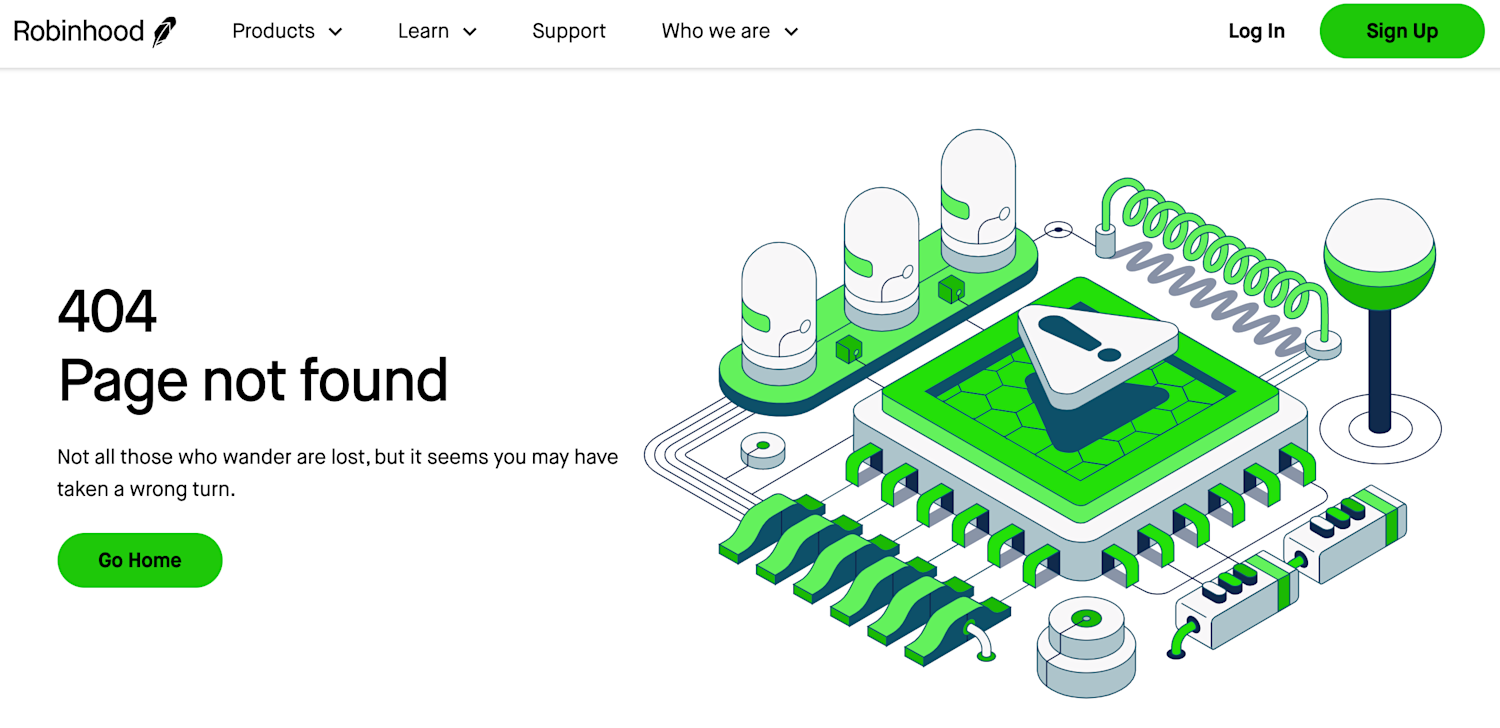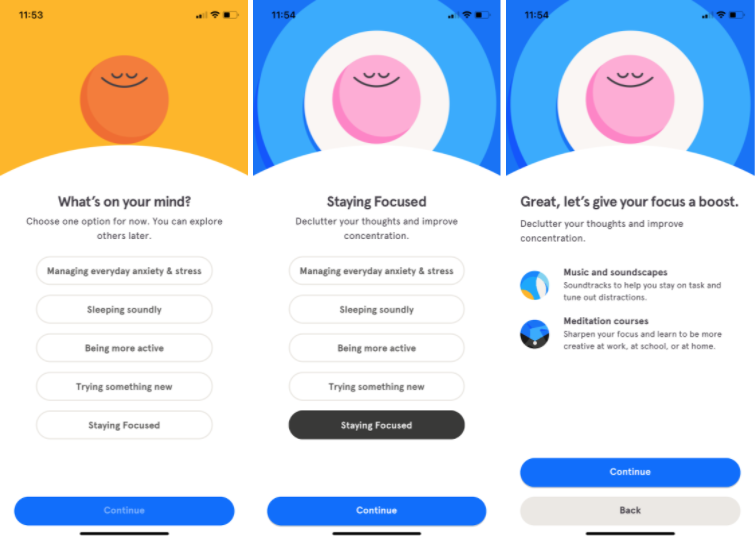What Is a UX Writer? Writing for the User
A UX writer plans and writes the microcopy in apps, websites, and other digital products users need to navigate a product. Explore the role of a UX writer and find out how you can become one.
![[Featured Image] A UX writer studies a product on her computer screen, preparing to write copy.](https://d3njjcbhbojbot.cloudfront.net/api/utilities/v1/imageproxy/https://images.ctfassets.net/wp1lcwdav1p1/JPnUULuBWsmMyoxiPis6a/f8146e2950f58eef3e99d66b18b01916/GettyImages-1447977762.jpg?w=1500&h=680&q=60&fit=fill&f=faces&fm=jpg&fl=progressive&auto=format%2Ccompress&dpr=1&w=1000)
A user experience (UX) writer creates copy for websites, apps, and other digital products to help users navigate the product. In the role of a UX writer, you might find the words for menus, definitions, chatbots, labels, buttons, and error messages, or the instructions to guide users through a product—the small pieces of writing collectively called “microcopy.” An effective UX writer creates an intuitive microcopy to users, consistent with the product’s brand voice, and easily understood by a wide audience, including people of different ages, abilities, backgrounds, and gender identities.
You can think of UX writing as a subset of UX design, just like user interface (UI) designers make up a subset focusing on the graphical portions of UX design. UX writers focus on the written bits; much of their work overlaps with UX design. Like UX designers, a UX writer might test several versions of their work, conduct user research, and interact heavily with product teams as they find the best ways to create useful copy. They might use similar design tools like Figma or Sketch to plan and design copy.
See UX writing in action on a 404 page on Robinhood’s website:

Next, take a look at some microcopy from the Headspace app:

If you’re considering entering a career as a UX writer, learn more about the role and the steps you can take to start your career path.
UX writer salary
According to Glassdoor, a UX writer in the US makes an average base salary of $71,441 [1]. As a senior UX writer, you can expect to make approximately $108,674 annually [2]. With a median total compensation of $156,522, information technology is the top-paying industry for UX writers in the US [1].
UX writer vs. other jobs
Several jobs overlap with UX writers, like content strategists, copywriters, and technical writers. Generally, these other writing jobs are not part of the design process and take place either before or after the design team plans the product. It’s worth noting that different places can have different expectations of the roles. Below are a few other ways UX writers differ from similar professions.
A content strategist creates or plans content based on a company’s needs and expectations. So while a UX writer might use guidelines laid out by a content strategist, they generally wouldn’t become involved in the bigger content strategy of the organization.
A technical writer’s job is typically to distill complex information into accessible language through items like instruction manuals, how-to articles, and reference guides. While UX writers and technical writers must make their end copy easily understandable, it’s rare for UX writers to put together lengthy pieces like manuals. UX writers tend to focus on the written aspects of a website or app that users directly interact with.
Copywriters generally work for the marketing arm of a company. A copywriter might create copy for ads or social media posts or contribute to developing marketing slogans. Like UX writers, a copywriter keeps the company’s brand voice in mind. However, a copywriter usually focuses more on acquiring customers and spreading awareness of an organization.
How to become a UX writer
Breaking into the field of UX writing will likely mean having the appropriate skills, building a presentable portfolio, and gaining some experience. Outlined below is a detailed look at what that means.
Consider the skills you’ll need.
The following are a few key skills you might want to have as an aspiring UX writer in the design field:
Writing: Knowing grammar and spelling, as well as having an in-depth understanding of tone and shades of meaning, are essential, but UX writing is more than that. Good UX writing should be concise and clear to give the user the least amount of friction possible when using a product. Having some practice with UX-specific writing will be helpful to your job search. If you’re trying to improve your writing, think about taking some courses in effective communication through writing and design.
Research: Does a button on your website make users want to click through, or does it turn them away? Does the language when users make mistakes on an app sound cold or condescending? What demographics use this app? These are questions you might be able to ask through UX research. User testing, A/B testing, and card sorting are some of the research techniques UX writers can use to ensure a product works as intended.
Digital design programs: Though not all UX writers will use visual design toolkits, being familiar with some can boost your credentials for positions that expect you to. Programs like Figma and Sketch may have free trial periods that will allow you to acquaint yourself with them and give you time to create material you can use in a portfolio.
Create a portfolio.
A portfolio is often a central part of applying for UX writing positions. This usually means building a simple website to showcase your past work and showcase your capabilities. Website builders like Wix, Weebly, and Adobe Portfolio can be good places to begin.
Get experience.
When browsing job descriptions, you may find that hiring managers often ask for some background in user experience writing. If you’re trying to strengthen your UX writing resume, you have several options to consider.
Starting in a tangential role like copywriting, technical writing, or even UX design can give you opportunities to practice UX writing. Courses in UX writing can introduce you to the fundamentals of UX writing and run through concepts like usability testing. They may also allow you to write your own copy to display in a portfolio. If you’re still looking for ways to put your skills into practice, you can create mock websites or apps.
What qualifications do you need to be a UX writer?
UX writing has no set educational requirements. However, most employers opt for candidates with a bachelor’s degree in design or a related field.

Learn more about user experience writing on Coursera.
As a UX writer, you’ll craft the written elements that users see on software and apps, among other digital interfaces. A relatively new field in the design world, UX writing is nevertheless a sought-after skill by many companies. UX writing can be a good fit if you have a way with words and design sensibility and appreciate good user experience.
Consider the Google UX Design Professional Certificate for a broad introduction to the UX world. You can learn fundamental UX concepts like research and user-centered design.
Article sources
Glassdoor. “Salary: UX Writer in United States 2024, https://www.glassdoor.com/Salaries/ux-writer-salary-SRCH_KO0,9.htm.” Accessed January 15, 2025.
Glassdoor. “Salary: Senior UX Writer in United States, https://www.glassdoor.com/Salaries/senior-ux-writer-salary-SRCH_KO0,16.htm?countryPickerRedirect=true.” Accessed January 15, 2025.
Keep reading

Coursera Staff
Editorial Team
Coursera’s editorial team is comprised of highly experienced professional editors, writers, and fact...
This content has been made available for informational purposes only. Learners are advised to conduct additional research to ensure that courses and other credentials pursued meet their personal, professional, and financial goals.